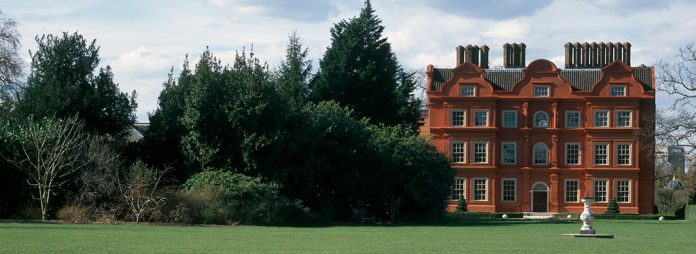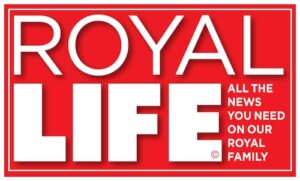
Kew Palace Reopens this Spring to Reveal the Intellectual and
Leisure Pursuits of Young Princesses
Opens Saturday 1 April 2017
Explore the pastimes of King George III and Queen Charlotte’s children through intimate family objects, on display in their Thameside country retreat
Set within the iconic Royal Botanic Gardens, Kew Palace will open once again this spring, alongside Queen Charlotte’s Cottage and the Royal Kitchens. Together, they allow visitors to experience the joys and sorrows of King George III and his family, told through an engaging soundscape and displays of fascinating personal artefacts. Built as a country home for a Flemish merchant in 1631, this tiny dollhouse of a palace gained its first royal occupants almost a century later with King George II, Queen Caroline and their daughters.
The display at Kew Palace in 2017 will focus on King George III’s domestic life with Queen Charlotte and their family in this quiet countryside retreat. Exhibits explore the learned pastimes of Queen Charlotte, and the education of her children. Away from the prying eyes of the public, the royal family could relax at Kew Palace, where they developed interests in art, needlework and geography.
A miniature doll’s house from c. 1780 reflects the artistic talent of George III’s daughters, the interiors of which were designed and crafted by the young princesses. Personal childhood objects reflect the humble upbringing of George III’s children, such as a tape measure marked with their heights, and a delicate lace bonnet later gifted to the children’s nurse. Three-year-old Princess Charlotte’s gloves will be on display, as well as pair once owned by the four-year-old future King William IV.
The art of letter writing is also explored at Kew Palace this year. The first letter that Queen Charlotte ever wrote in English – addressed to her children’s governess – will be on display, as well as the Queen’s citrine-embellished gold paper knife and pencil-case by Alexander James Strachan, and her tortoiseshell notebook, embellished with gold and diamonds. Princess Sophia’s silver ink stand and an intriguing riddle written by Princess Amelia will also be displayed.
The palace’s restored Royal Kitchens host live cooking demonstrations during the summer months. Left untouched since Queen Charlotte’s death at the palace in 1818, the kitchens allow visitors behind the scenes, to delve into the world of cooking for the King and his family and encounter the servants who worked for them. When they were restored in 2012, archaeologists unearthed a pair of Victorian leather boots in the kitchens, which will be showcased at the palace. They may have been deliberately hidden because of a traditional superstitious belief that this would protect the building from witches and evil influences.
New cartoons will go on display from the Baker Collection – a series of satirical prints recently acquired by Historic Royal Palaces. These satirical cartoons will explore the popular depiction of George III as Farmer George – a nickname which was coined in 1770, with George III allegedly showing more concern for the welfare of livestock than his own subjects. These prints from the 1780s and ‘90s include ‘Farmer George and his Wife’ by British caricaturist and printmaker James Gillray, a hand-coloured etching of Queen Charlotte and her husband, who is dressed in a wide brimmed hat and rustic clothing.
The theme of political satire continues in Queen Charlotte’s cottage, a stroll away from Kew Palace. This rustic retreat was built in 1770 as a place where the royal family could enjoy picnics in a tranquil corner of Kew Gardens. Inside, the cottage’s Print Room is hung with over 150 satirical engravings, mostly after William Hogarth, the political satirist and cartoonist who inspired Gillray’s work.
To book your tickets click on the following link.
To get all the latest royal news delivered straight to your door, why not subscribe to Royal Life Magazine today.









